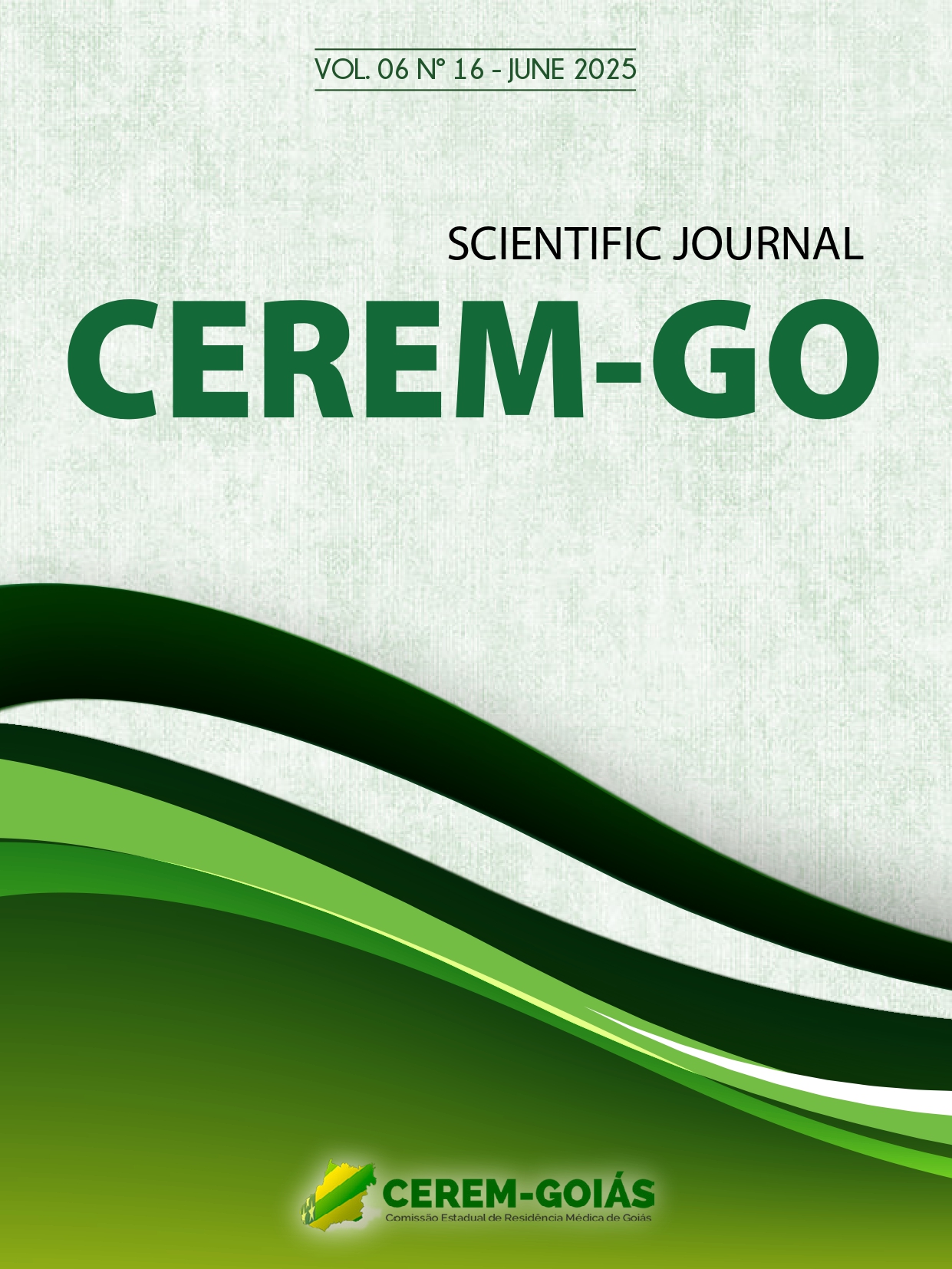Balanced general anesthesia in a patient with hemophilic arthropathy
case report
DOI:
https://doi.org/10.37951/2675-5009.2025v6i16.166Keywords:
Hemophilia B, Hemartrhosis, General anesthesia, Arthroplasty, Spinal anesthesiaAbstract
Introduction: One of the main complications observed in patients diagnosed with Hemophilia B is
hematrosis, a chronic joint condition that causes pain and limited movement, often requiring total
arthroplasty of the affected joint. Case report: Patient MGS, male, 19 years old, with Hemophilia
B, diagnosed with hemophilic arthropathy of the left knee. General anesthesia was chosen for
the case, unlike neuraxial blockade due to a higher risk of spinal canal hematoma. The procedure
was uneventful. Discussion: Hemophilic arthropathy is characterized by a chronic and progressive
inflammatory process that leads to stiffness and limited joint movement. Treatment includes
conservative management, which may evolve to the need for synovectomy, arthrodesis and, in
more severe cases, arthroplasty. However, since hemophilic patients have a higher risk of significant
bleeding, some considerations are relevant, such as avoiding unnecessary airway management,
avoiding mucosal trauma and avoiding neuraxial blockade due to the risk of causing spinal canal
hematoma. Therefore, general anesthesia would be the safest option for such patients. It is also
worth mentioning that optimizing coagulation factor levels in the preoperative period can reduce
complications, as can the administration of activated recombinant factor VII. Therefore, this article
presents a case report of a hemophiliac patient with a high risk of bleeding, requiring specific
anesthetic considerations to minimize the chance of major hemorrhagic complications.
Downloads
Published
Issue
Section
License
Copyright (c) 2025 Scientific Journal CEREM-GO

This work is licensed under a Creative Commons Attribution 4.0 International License.




